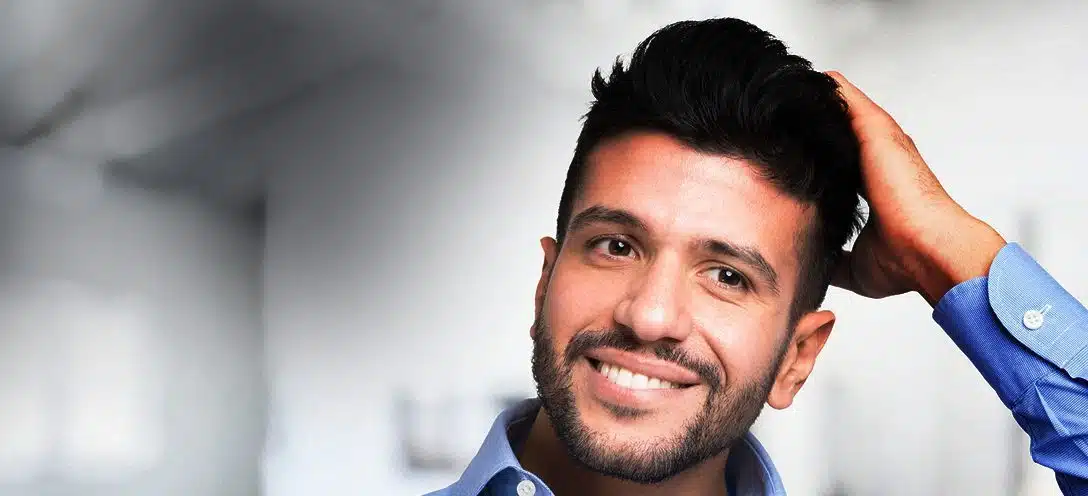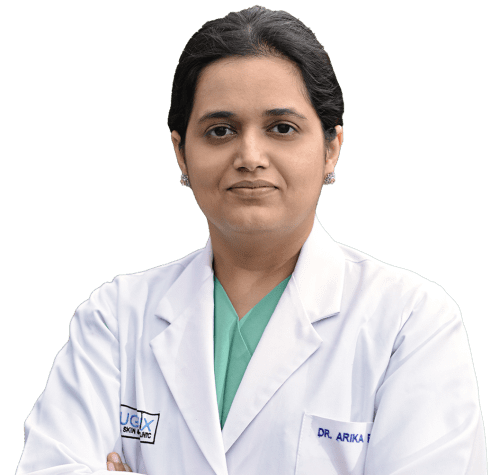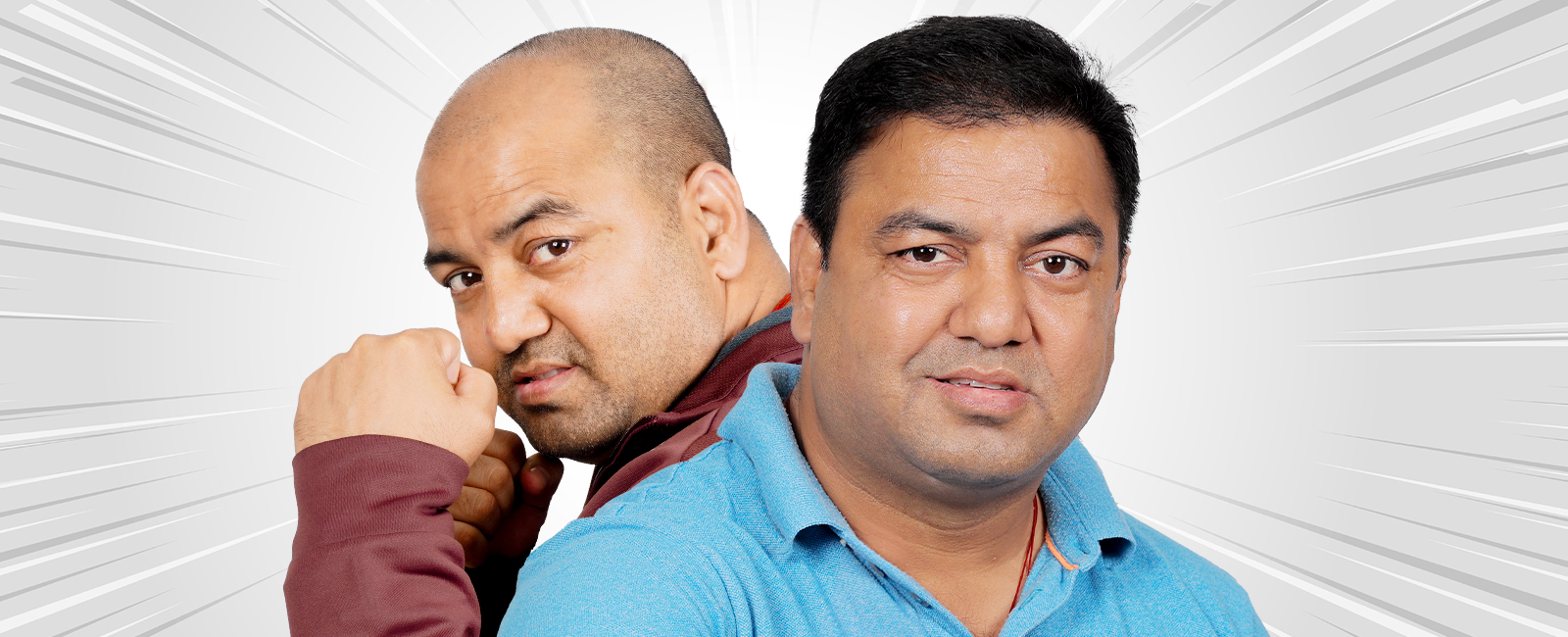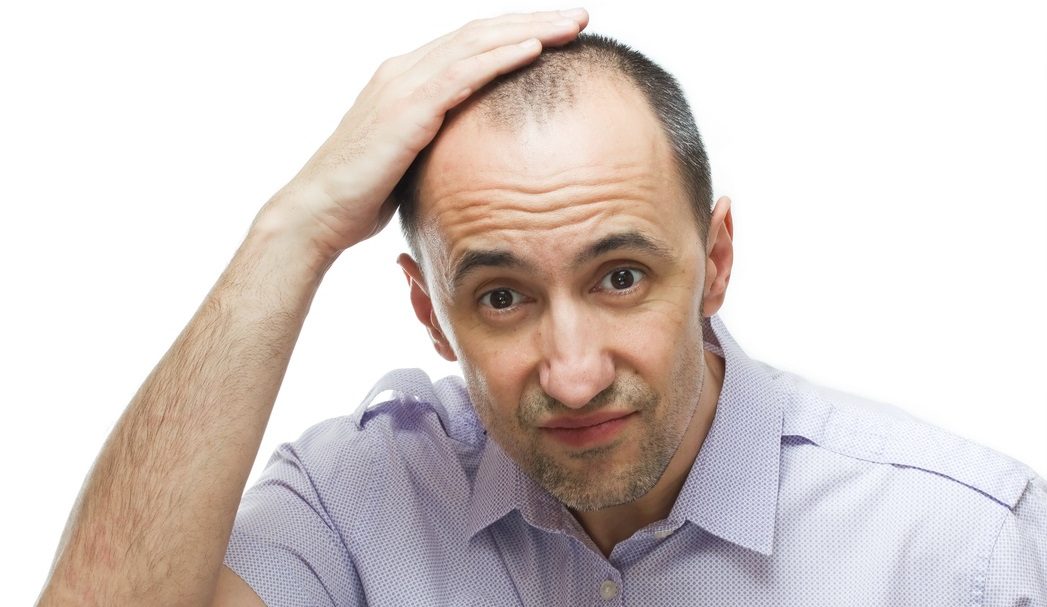The first week after your hair transplant is a crucial period as your scalp begins to heal and the newly transplanted follicles settle into their new environment. In this article, we will guide you through the first week of your hair transplant journey and provide insights on what to expect during this important phase.
Immediately after the Procedure:
Right after your hair transplant procedure, it is normal to experience some mild discomfort, swelling, and redness in the treated areas. Your clinic will provide specific post-operative instructions, including how to care for your scalp, manage any discomfort, and avoid activities that may disrupt the healing process. Follow these instructions diligently to ensure optimal healing and minimise the risk of complications.
Protecting the Transplanted Area:
During the first week, it is crucial to protect the transplanted area from any potential harm. Avoid touching or scratching the scalp, as this can dislodge the newly transplanted follicles. Additionally, refrain from wearing hats, helmets, or any tight headwear that may put pressure on the scalp. Protect the treated area from direct sunlight by wearing a loose-fitting hat or using a sunblock specifically designed for the scalp.
Managing Discomfort:
Some degree of discomfort is expected during the initial days following your hair transplant procedure. Your surgeon may prescribe pain medication or recommend over-the-counter pain relievers to help manage any discomfort. Additionally, applying cold compresses to the scalp can help reduce swelling and alleviate any soreness or tightness you may experience.
Avoiding Strenuous Activities:
It is important to avoid strenuous activities, including heavy lifting, intense workouts, and activities that cause excessive sweating during the first week. These activities can increase blood flow to the scalp, potentially dislodging the transplanted follicles and hindering the healing process. It is best to consult with your clinic regarding when it is safe to resume your regular exercise routine.
Cleaning the Scalp:
Your clinic will provide instructions on how to clean your scalp during the first week after your procedure. You may be advised to keep the scalp covered with a surgical cap. Post the first week, it is crucial to follow the provided instructions and be gentle while washing the scalp to avoid dislodging the grafts.
Post-Operative Care:
During the first week, you may be required to follow a specific post-surgery hair care routine. This may include avoiding certain hair care products, such as styling gels or hairsprays, and refraining from activities that generate heat, such as using hair dryers or straighteners. Your clinic may also recommend using a specialised post-operative antiseptic for the donor area to aid in the healing process.
Follow-Up Appointment:
Typically, a follow-up appointment with your hair transplant clinic will be scheduled within the first week after your hair transplant procedure. During this appointment, your clinic will assess the progress of your healing, remove any sutures if necessary, and provide further instructions on post-operative care. This appointment is an opportunity to address any concerns or questions you may have and ensure that you are on track for a successful recovery.
Emotional Support:
The first week after a hair transplant can be an emotional period, as you may be eager to see immediate results. However, it is important to remember that hair growth is a gradual process, and visible improvements will take time. Surround yourself with a supportive network of friends and family who understand the nature of the recovery process and can provide encouragement throughout your journey.
In conclusion, the first week after a hair transplant procedure is a critical phase in your hair restoration journey. By following your surgeon’s post-operative instructions, protecting the transplanted area, and being patient with the healing process, you can set the stage for successful hair growth and achieve the desired results. Remember that the journey towards a fuller and more confident head of hair takes time, and each passing day brings you closer to your ultimate goal.





